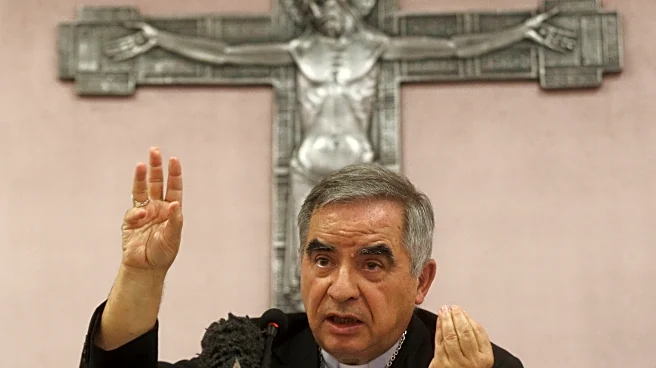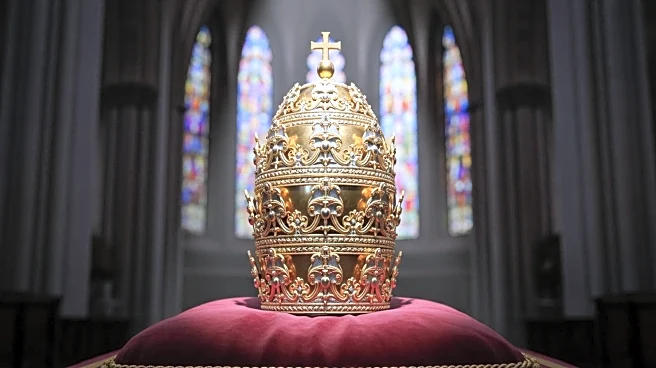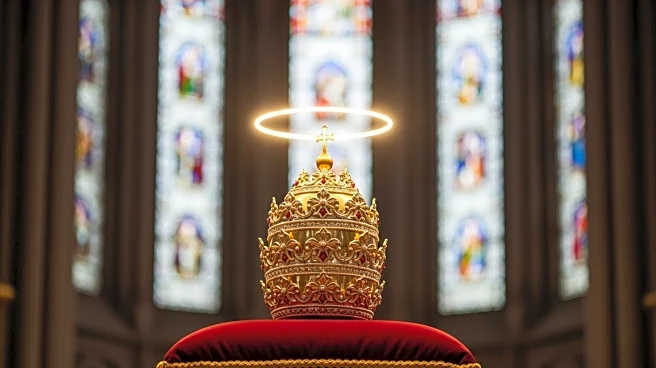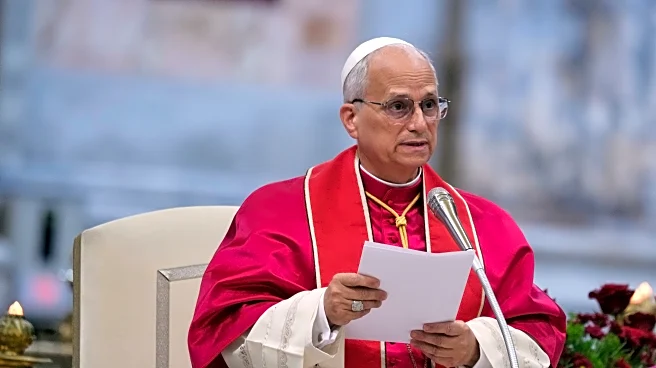St. Peter's Basilica has a rich history marked by significant milestones that have shaped its development and enduring significance. As the largest church in Vatican City, it stands as a testament to the evolution of religious architecture and the Catholic Church's influence.
Early Milestones
The site of St. Peter's Basilica has been a place of worship since the 4th century when the original basilica was constructed by Emperor Constantine. This early milestone established the site's religious significance and set the stage for future developments.
Breakthrough Moments
A breakthrough moment in the basilica's history was the initiation of its construction in 1506 under Pope Julius II. This marked the beginning of a new era in church architecture, with the involvement of renowned architects like Bramante and Michelangelo.
Recent Developments
Recent developments include ongoing restoration and preservation efforts to maintain the basilica's structural integrity and artistic heritage. These efforts ensure that the basilica continues to serve as a central symbol of the Catholic Church.
Lasting Impact
The lasting impact of St. Peter's Basilica is evident in its role as a major pilgrimage site and its influence on religious and cultural practices worldwide. Its architectural style has inspired church designs globally, and its art continues to be studied and admired.
 Discover Daily • 7 min read
Discover Daily • 7 min read 











